LINEZOLID - INJECTION
PHONETIC PRONUNCIATION: (lin-AYZ-oh-lid)
COMMON BRAND NAME(S): Zyvox
GENERIC NAME(S): linezolid in dextrose 5 % in water
Uses
USES: Linezolid is an antibiotic used to treat certain serious bacterial infections. It works by stopping the growth of bacteria. Linezolid also belongs to a class of drugs known as MAO inhibitors. It can increase the levels of certain natural substances in the body (such as dopamine, norepinephrine, serotonin) which can increase the chance of certain side effects and food and drug interactions. See How to Use, Side Effects, and Drug Interactions sections for more details.
How to use LINEZOLID - INJECTION
HOW TO USE: This medication is given by injection into a vein as directed by your doctor, usually every 12 hours. It should be injected slowly over 30 minutes to 2 hours. The dosage is based on your medical condition and response to treatment. For children, the dosage is also based on age and weight, and they may be directed to use this medication every 8 hours. If you are using this medication at home, learn all preparation and usage instructions from your health care professional. Before using, check this product visually for particles or discoloration. If either is present, do not use the liquid. Learn how to store and discard medical supplies safely. To prevent a very serious high blood pressure reaction, it is very important that you follow a special diet recommended by your doctor or dietician to limit your intake of tyramine while you are using this medicine. Avoid foods and beverages that are high in tyramine, including aged cheeses, dried/aged meats and sausages (such as salami, liverwurst), preserved fish (such as pickled herring), products that contain large amounts of yeast (such as bouillon cubes, powdered soup/gravy, homemade or sourdough bread), fermented foods (such as sauerkraut, kim chee), most soybean products (such as soy sauce, tofu), broad/fava beans, red wine, sherry, tap beers, and vermouth. Consult your doctor or dietician for more details and a complete list of other foods that contain tyramine which you should limit or avoid. For the best effect, use this antibiotic at evenly spaced times. To help you remember, use this medication at the same time(s) every day. Continue to use this medication until the full prescribed treatment period is finished, even if symptoms disappear after a few days. Stopping the medication too early may result in a return of the infection. Tell your doctor if your condition lasts or gets worse.
Side Effects
Precautions
Interactions
Overdose
Images
Reviews
Faq for LINEZOLID - INJECTION
Linezolid Injection is an antibiotic medication used to treat various bacterial infections, including skin and soft tissue infections, pneumonia, and certain types of respiratory tract infections.
Linezolid Injection works by inhibiting the protein synthesis in bacteria, preventing the growth and spread of the bacteria causing the infection.
Linezolid Injection is typically administered by a healthcare professional through a needle into a vein (intravenous infusion) over a specific duration of time prescribed by the doctor.
Common side effects of Linezolid Injection may include diarrhea, headache, nausea, vomiting, and rash. It is important to inform your doctor if you experience any severe or persistent side effects.
It is generally advised to avoid consuming alcohol while being treated with Linezolid Injection, as alcohol may increase the risk of certain side effects such as dizziness or nausea.
Linezolid Injection should be used during pregnancy only if clearly needed and under the supervision of a healthcare professional. It is recommended to discuss the potential risks and benefits with your doctor before using this medication while breastfeeding.
The effects of Linezolid Injection can vary depending on the severity and type of infection being treated. Improvement in symptoms is usually seen within a few days of starting treatment, but it is important to complete the full course of treatment as prescribed by your doctor.
Linezolid Injection can interact with certain medications, including certain antidepressants (such as SSRIs and SNRIs), certain migraine medications (such as triptans), and certain illicit drugs (such as amphetamines). It is important to inform your doctor about all the medications you are taking to avoid potential interactions.
No, Linezolid Injection does not belong to the penicillin class of antibiotics. It is a member of the oxazolidinone class of antibiotics.
Disclaimer
IMPORTANT: HOW TO USE THIS INFORMATION: This is a summary and does NOT have all possible information about this product. This information does not assure that this product is safe, effective, or appropriate for you. This information is not individual medical advice and does not substitute for the advice of your health care professional. Always ask your health care professional for complete information about this product and your specific health needs.

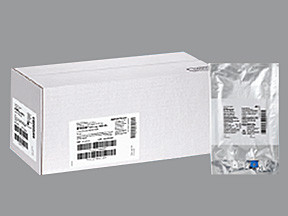

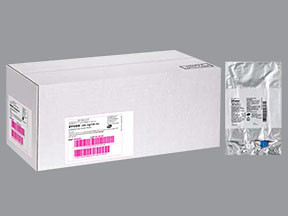
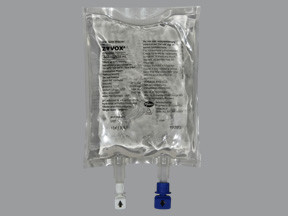
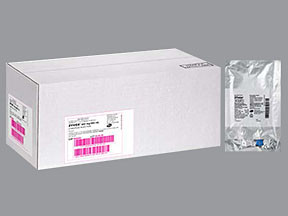

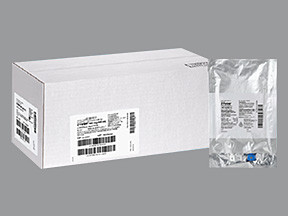
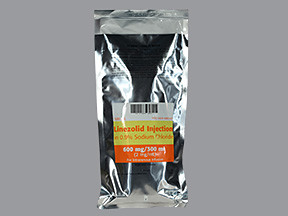
No Reviews Yet